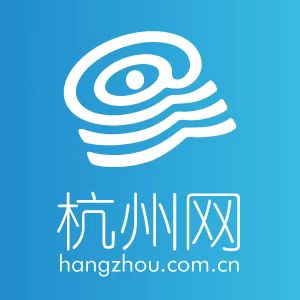From Chinese acupuncture to cupping therapy and even the Cantonese herbal tea, traditional ways of staying healthy are trending on Chinese social media platforms. Some try them out of curiosity while others regard them as ancient wisdom that has been passed down for generations.
With a history of thousands of years, traditional Chinese medicine (TCM) is still widely accepted in China and is gaining worldwide recognition for its unique strengths in disease prevention and control and rehabilitation. So far, the traditional medical system has spread to 196 countries and regions, according to the National Administration of Traditional Chinese Medicine.
As a sideline event of the 10th Nishan Forum on World Civilizations, a sub-forum on TCM was held in Qufu, east China's Shandong Province, on Thursday. Well-known TCM doctors, researchers and heads of health departments from multiple countries exchanged views on how TCM can do its bit in humans' pursuit of health.
Compared with Western medicine, TCM requires a practitioner to accumulate experience and give personalized treatment plans according to the specific conditions of patients. But there are scientific principles behind these seemingly mysterious treatments.
In recent years, China is trying to unveil these principles through standardization of diagnosis and treatment of TCM, which features an overall analysis of the illness and the patient's condition.
Hangzhou, the capital of east China's Zhejiang Province, is a pioneer in promoting reform of TCM in China. Medical institutions of TCM across the city are using standardized digital medical records and prescriptions in outpatient clinics, creating a large database of TCM diagnosis and treatment.
"The development from empirical medicine to evidence-based medicine is the inevitable trend for inheritance and innovation of TCM," Guo Junping, director of TCM department of Hangzhou Municipal Health Commission, told China Media Group in an interview.
To complete a standardized medical record of TCM outpatient clinics, doctors need to write clearly their findings through the four basic diagnostic methods of TCM, namely observing, listening and smelling, inquiry and palpation, to provide evidence for causes of a patient's symptoms and determine treatment plans.
Currently, the data of 90 percent of TCM hospitals above the county level in Zhejiang are collected, covering more than 100 medical institutions. Guo said that standardization in TCM can make the diagnosis and treatment more traceable and replicable.
The database will provide guidance for young doctors who can learn from the prescriptions of experienced TCM doctors. After seeing a TCM doctor, patients can also check their own medical records and prescriptions through their smart phones.
In addition, Zhejiang has created other digital tools, such as TCM cloud services and digital twin robots for famous TCM doctors, to enrich ways of seeking medical treatment.
Meanwhile, smart TCM pharmacies throughout China have brought convenience to patients. At a smart TCM pharmacy, after receiving prescriptions sent by hospitals or pharmacies, the decocting of TCM starts automatically through a standardized process. Compared with decoction by patients at home, the smart way is more efficient and solves the problems of quality control. A smart pharmacy could also provide delivery services.
Every year, over 10,000 international students come to China to study TCM, and TCM products and services have been in great demand at international trade fairs in China.
Gansu Province in northwest China is a main producing area of traditional medicine. Gansu University of Chinese Medicine currently has about 120 international students from 24 countries who are studying TCM.
China has signed specialized cooperation agreements on TCM with over 40 countries, regions and international organizations, with 30 high-quality overseas TCM centers and 75 international cooperation bases for TCM now in operation.

